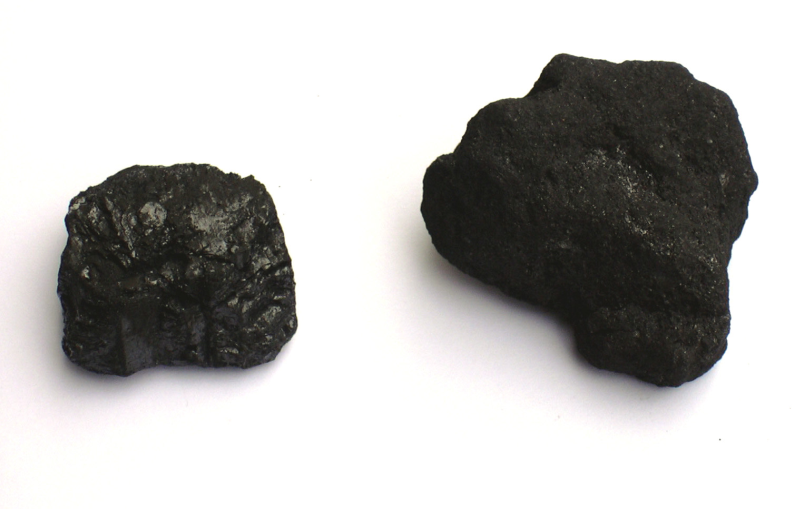Coke
High-carbon fuel and energy source with a large specific surface area used in foundries mainly for cupola operation.
Coke is obtained from coal, in particular gas and bituminous coal, heated in the absence of air. During this process, the coal is stripped of its volatile components and degassed, leaving carbon in the form of coke.
Foundry coke is characterized by a certain grain structure (grain size), high strength and a low fiber content.
According to VDG bulletin R80, a distinction is made between normal foundry coke (grain size > 80mm) and special foundry coke (grain size > 100mm). In addition, VDG bulletin R80 lists eight different grades designated with A to H. Undersized coke is only permissible down to a maximum of 5% below the nominal grain size.
The drum resistances M80 and M100 are defined differently for the individual grades; the same applies to the drum resistance M10 as a measure of abrasion. Abrasion is the percentage of the coke which is smaller than 10mm upon being subjected to 100 revolutions (see also ). The moisture content of the foundry coke may not exceed 2%, different maximum values apply for ash and sulfur contents depending on the given grade (7.6 to 8.5% for the ash content and 0.8 to 0.95 for the sulfur content).
Additional references:
Pitch coke
Coke split
Melting coke
Buffer coke charge
Cupola furnace network diagram


